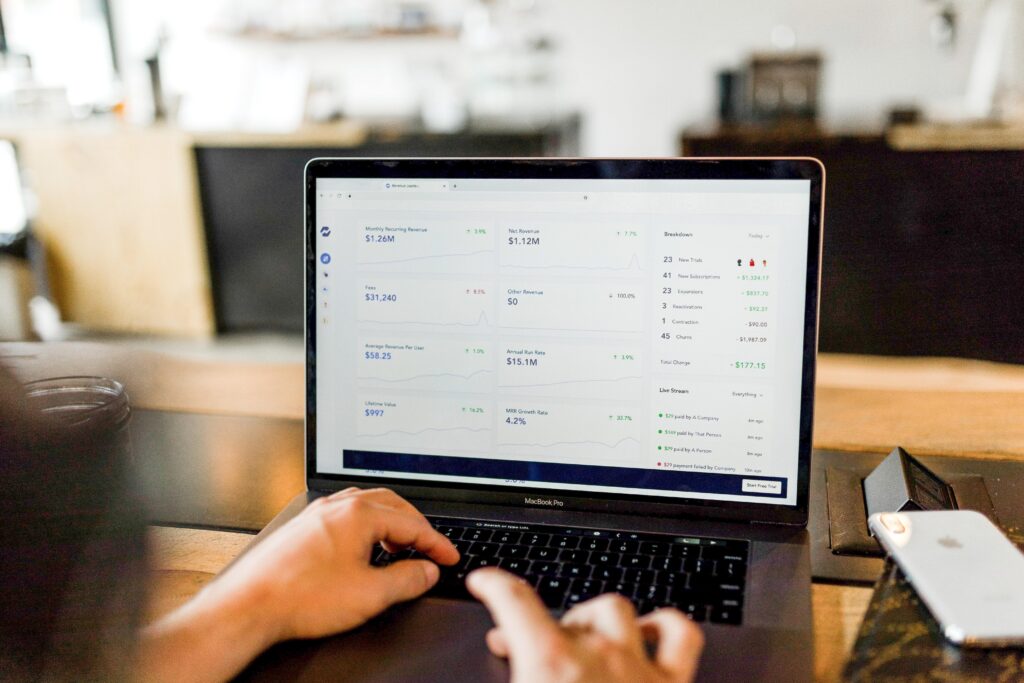Take control of your advertising with the right attribution
Last Updated on February 3, 2022 by justin
Do the figures from your performance marketing agency not match your internal sales figures? Or do your Google Analytics numbers differ from the number of conversions in Google Ads or Facebook? Such differences are often due to attribution.

That is, how you, the advertising platforms, your internal systems and Google Analytics attribute the value of your advertising. Different tools use different kinds of rule-based or data-driven attribution models to make this distribution. “Last Click” is the most common of these models and is used by e.g. Google Analytics (GA also uses Last None Direct Click). Last click only looks at the last interaction in the customer journey before a conversion and attributes all value to this interaction.
But was this where we caught the customer’s interest from the beginning? What does the rest of the customer journey look like? Is Last Click attribution the right choice for you?
What if the customer chose to buy another service if she had not seen that video ad on YouTube a week before she made that “last click” to a purchase?
When we look at all the ads and clicks that have affected sales, we realize that Last Click can create a distorted picture of reality. We miss important interactions in the customer journey and thus risk allocating our advertising budget incorrectly. This means that we will not be able to maximize the ROI from our advertising.
We must understand the entire customer journey and what messages and offers made the customer become a customer and in which channels these interactions took place.
To succeed with this, we first need to collect all the data from the customer journey in one place so that we can analyze it. From there, the work of circling the most important interactions on this journey begins. By analyzing historical data, we find out how long it takes for a customer to decide which product or service to choose. There we have the attribution window, or the time a click from a certain type of ad and advertising platform should have to contribute to a conversion. It can be e.g. 30, 60 or 90 days.
Once we have found the right time period, we need to find out the actual value we are going to attribute out. The margins? If it is a subscription service, the value may well be a LifeTime Value. This will vary from case to case.
How then should this value be distributed? Linear across all clicks? More for the initial clicks and the final ones? Unfortunately, we do not have a general answer that applies to all types of companies and industries, but you can start testing yourself. Your business and strategy together with your data is what will determine how you work with attribution and which attribution model you use.
We build attribution models based on your historical data. With such a model, developed for your particular strategy and business, you can get both a broad overview and the opportunity to understand and control your advertising budget according to ROI per channel at a detailed level. This means that you are no longer dependent on your agency’s reports or need to manually try to piece together a truthful picture from all your different channels. You will be sitting on the truth yourself.